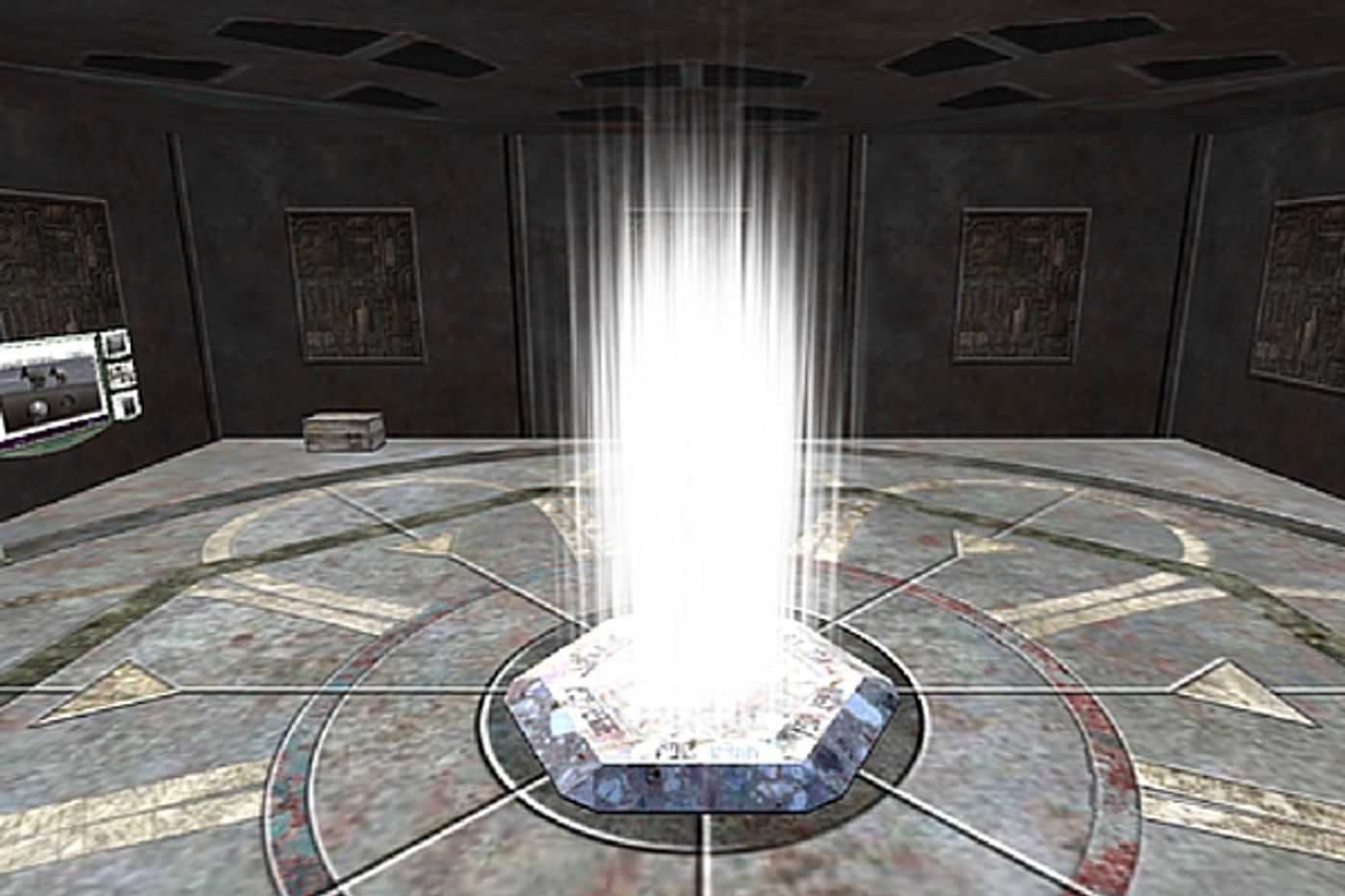“Beam me up, Scotty!” That’s something we are more used to hearing on Star Trek as opposed to in our everyday lives, but recent work at the University of California, Davis, might offer a glimpse into how our brains would handle teleportation.
Associate professor at the UC Davis Center for Neuroscience, Arne Ekstrom, is researching how the brain memorizes the places we go, the regular routes we take during the day and how we come to know our way around. Since mouse brains function in a similar way to a human brain, lab rats are often studied in mazes or other obstacle courses. As the rat goes through the maze, its brain gives off detectable oscillations, in a specific rhythm.
In a press release from UC Davis he explained, “There is this rhythmic firing in the brain during navigation and while remembering things, but we don’t know if it is triggered by sensory input or by the learning process.”
The same kind of activity happens when humans navigate through a virtual landscape such as those in video games. In the brain, it’s the hippocampus that is the origin point for these oscillations and it’s thought that they are at least partly driven by outside stimuli.
In order to determine exactly what was responsible for this kind of brain activity Ekstrom, along with postdoctoral student Lindsay Vass and graduate student Milagros Copara enlisted the help of a group of patients being treated at UC Davis’ Department of Neurological Surgery. These patients had a severe form of epilepsy, and surgeon and study co-author Kia Shahlaie implanted electrodes on their brains, inside the skull, to find out where seizure activity begins and identify treatment options. Finding the origin of seizure activity is much like finding the origin of any brain activity and the team wanted to see if in addition to the information about the epilepsy, they could find out if it was the external input or the learning process that controls this kind of brain activity.
The electrodes recorded normal brain activity in between collecting data on the seizures. Three patients volunteered to navigate through a landscape of buildings and streets on a computer screen. Part of the game involved entering a virtual “teleporter” that would jump them to a different location in the game environment, which they had been to before. During the teleportation phase of the game the screen was black.
Even while there was no external stimuli, the oscillations in the brain continued, but the rhythm did change, depending on the duration of the black screen teleportation time.
Ekstrom’s team says that their results show that these brain oscillations are driven by the memory and learning process, and do not depend on the outside input. Check out the video below to learn more about the study. While teleportation might not be a reality yet, it seems like our brains will be able to handle it.









